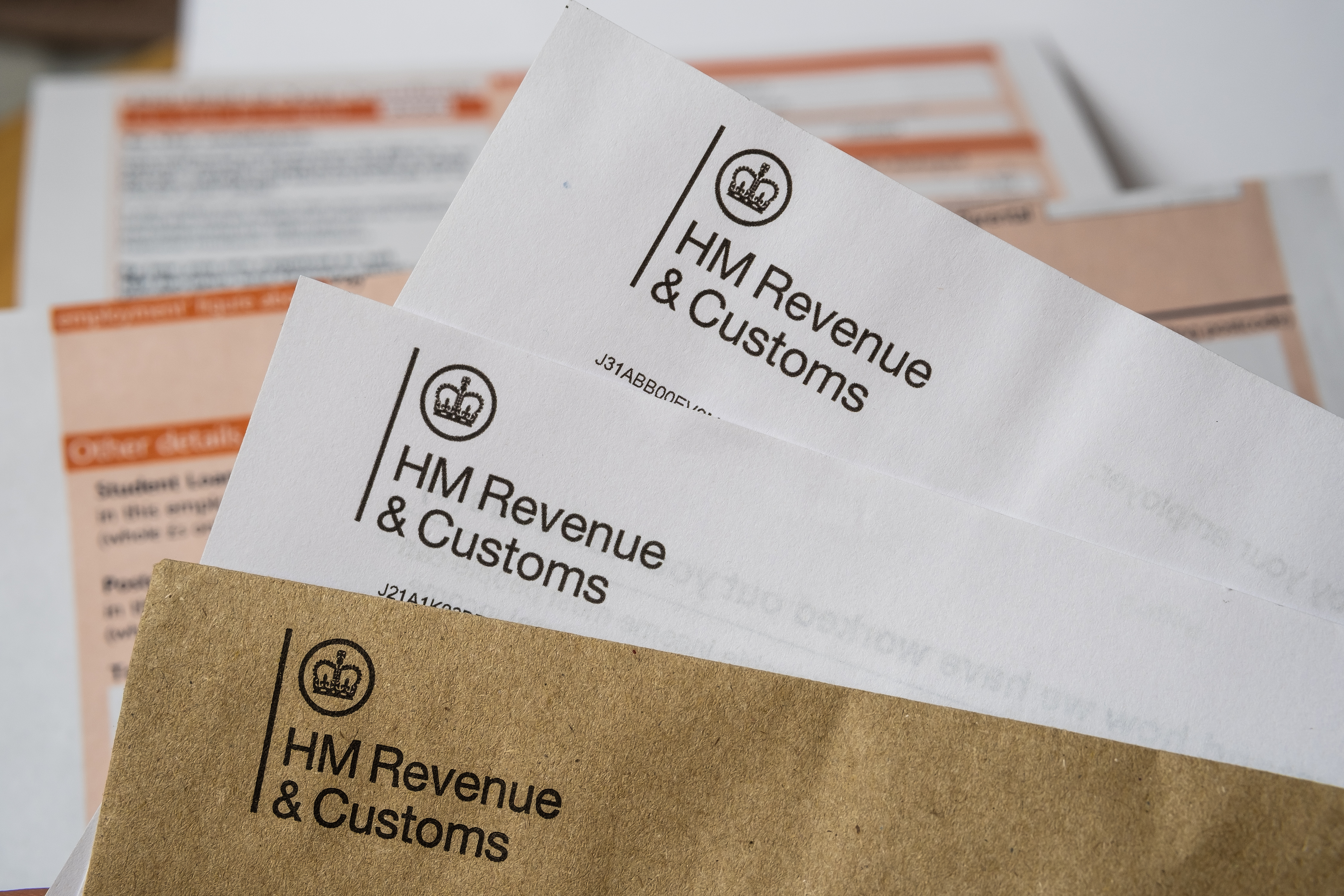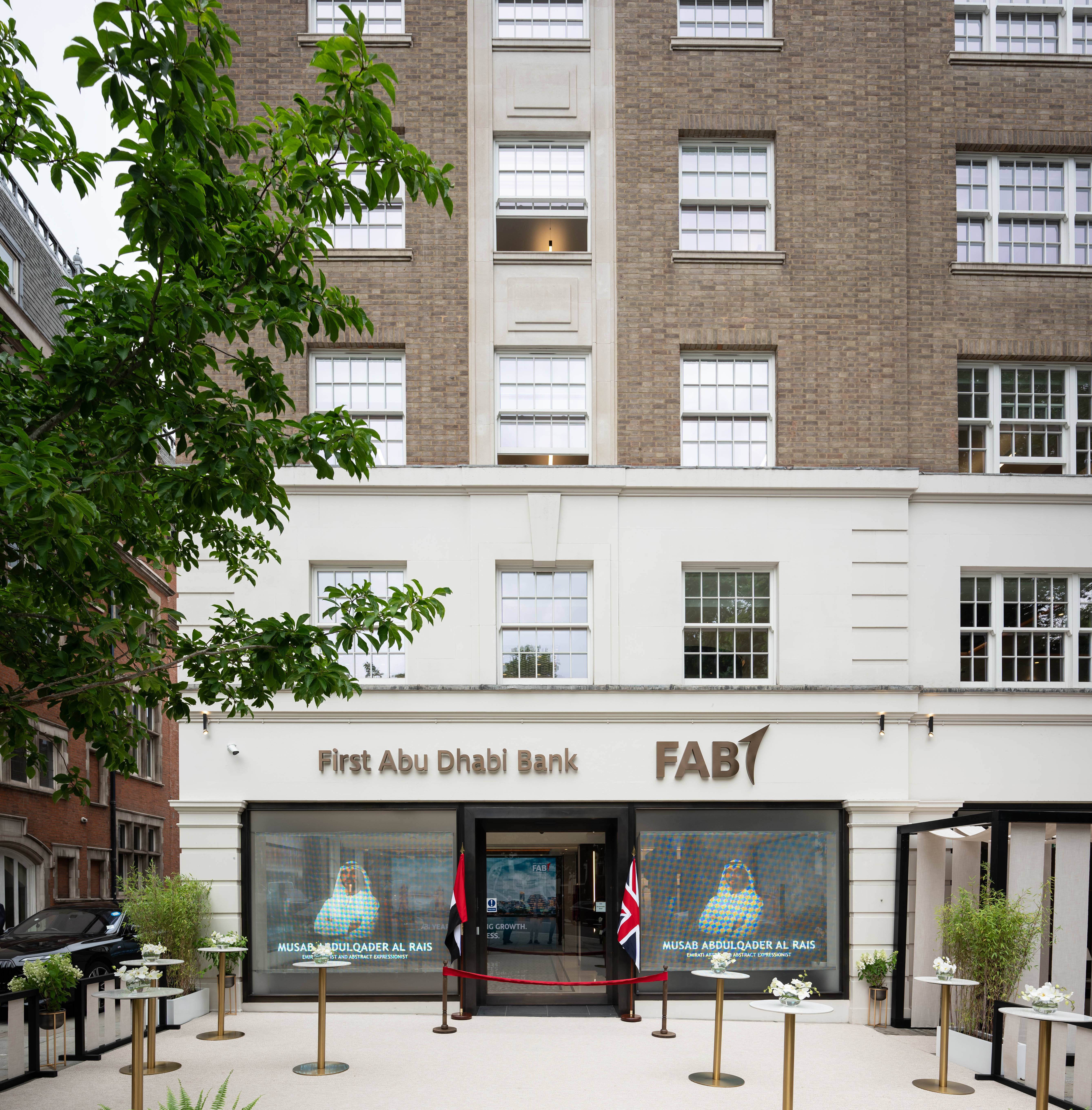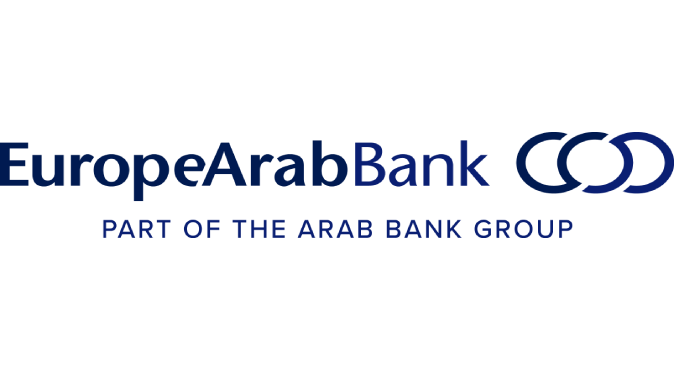Saudi banks report robust earnings for 2020

Robust performance in 2020
Saudi banks have reported robust financial figures for 2020, despite the collapse in oil prices during the first half of the year and the effects of the Covid-pandemic from late March onwards.
All banks except one recorded net profits for 2020 and five of the 11 showed an increase over 2019. The net loss at Saudi British Bank was due to a huge goodwill adjustment following its acquisition of Al-Awwal Bank (formerly Saudi Hollandi). Absent this charge, Saudi British would have declared net profits comparable to the previous year’s.
Most banks increased their loan portfolios and their customers’ deposits. The aggregate loans and advances reported by all 11 banks increased by 12.8% of the year, while customers’ deposits rose by 9.2%. The ratio of loans to deposits, aggregated across all 11 banks was 86% at the end of 2020, compared to 83% at the end of 2019. There are big differences between banks: Saudi Fransi’s loans exceeded its customers' deposits at the end of the year and Bank al-Bilad was close to the 100% mark.
All banks are well capitalised, showing total capital ratios, under the Basel standards, in excess of 18%. These ratios benefit from the zero-risk weighting of exposures to the Saudi government (rated single A by all three international agencies), but even on an unweighted basis (a simple equity/assets ratio) banks are well ahead of international norms.
Attachment 1, below, gives the key figures for end-2020, with some financial ratios.
Covid support packages
Of course, income figures have been heavily influenced by economic effects of Covid on the banks’ customers, and by the Saudi government’s efforts to support the banks. The Saudi central bank’s Private Sector Financing Support Programme required banks to defer repayments on loans to eligible small and medium sized enterprises (SMSEs), initially for six months, and then for two further periods of three months (with the latest period ending on 31 March 2021). To take one example, these measures led National Commercial Bank to defer payments of SR9 bn from MSMEs). The bank declared gross interest income of SR 19.4 bn for the whole year. The bank states that deferral of payments under the government’s Covid support package was not, in isolation, treated as a Significant Increase in Credit Risk (SICR – which would have led to a reclassification of the loan and far higher levels of provisions).
The central bank and other public bodies placed interest free deposits with NCB of SR 9.5bn during the year, primarily to compensate the bank for deferred income. The bank also received SR50 bn in the form of liquidity support, some of which was interest free. NCB had total customers’ deposits of SR416 bn at the end of 2020.
All other banks were subject to the government’s Covid programme and received similar support.
Mergers and acquisitions
Following its abandonment of plans to merge with Riyad Bank, National Commercial Bank (NCB) is now planning to merge with Samba Financial Group. The merger will entail merging Samba into NCB and the cancellation of Samba’s shares. The timeline submitted to the Tadawul (Saudi stock exchange) envisages completing the merger process by the end of May 2021.
The merger will create one of the biggest banks in the Middle East – probably the biggest, by some metrics – similar in size to First Abu Dhabi Bank (itself the product of a merger, between National Bank of Abu Dhabi and First Gulf Bank) and Qatar National Bank. The new bank’s market shares will be roughly double those of the other large Saudi banks, with the exception of al-Rajhi, which has the leading market share in most retail business.
The Saudi Public Investment Fund (PIF) holds 44.29% of NCB and 22.19% of Samba, according to the Tadawul website, accessed on 24 March. The Saudi pension fund and the General Organisation for Social Insurance together hold 10.54% of NCB and 18.63% of Samba.
There are no other mergers or acquisitions on the horizon, although questions can be asked about the future of the three smaller Shari’ah-compliant banks: Al-Inma, Bank al-Jazira and Bank al-Bilad. The independence of al-Rajhi, the biggest Shari’ah-compliant bank is not in doubt.
Credit Ratings
Credit ratings on Saudi banks are heavily influenced by the ratings assigned to the government of Saudi Arabia. On 24 March, Fitch rated the Kingdom A (with negative outlook), Moody’s rated at A1 (negative outlook) and S&P at A- (stable outlook).
By way of example, of the ten Saudi banks that Moody’s rates, five are rated at A1, two at A2, two at A3 and one at Baa1.
The rating agencies made significant adjustments to the rating of Saudi Arabia following the oil price collapse of 2014 but ratings have been quite stable since then. No changes were made in 2020.
Looking ahead
The price of the oil remains the single most important determinant of economic health and bank performance in Saudi Arabia. The price of Brent crude has firmed in recent weeks and during March remained around $65/b. This is not sufficient to fund lavish economic expansion, but it will fend off liquidity crises and economic recessions. But there is perhaps even more uncertainty around the price of oil now than in normal times, with much depending on an increase in post-Covid global demand as well as the usual horse-trading among among leading exporters over production volumes.
For a review of the broader economic picture, see our assessment of the 2021 Saudi budget here.
In the years ahead, a rise in global interest rates will benefit Saudi banks, since such a large proportion of their deposits are non-interest-bearing. But to get the full advantage of widening spreads, banks will need to be able to increase their loan portfolios, and that depends on economic growth within the Kingdom.
Within the banking system, one of the biggest developments has been the rise of mortgage finance for individuals. Banks' exposure more than doubled to $36bn in 2020, from negligible amounts just a few years before. This exposure represented about 8% of total private sector credit.
Profile of the Saudi Banking System
The Saudi banking system comprises 12 locally-incorporated commercial banks and branches of 18 foreign banks.
The number of locally-incorporated banks has been remarkably consistent over the last 40 years, with a handful of newly licenced banks offsetting those that have disappeared through acquisition or merger. The most recently licensed banks are al-Rajhi (1987), Bank al-Bilad (2004) and al-Inma Bank (2008), and Gulf International Bank – Saudi Arabia (2020).
Eighteen foreign banks hold branch licenses. These are detailed in Attachment 2.
All except three GCC banks have only one branch. The exceptions are National Bank of Kuwait (three branches), First Abu Dhabi Bank (three) and Emirates NBD (four).
More In
News

Ahead of the autumn budget, Farrer & Co assess the new tax rules for non-doms

FAB opens new offices in Mayfair



ABA member Comarch on adapting to continual change

ABA member Knightsbridge is opening offices in Dubai



